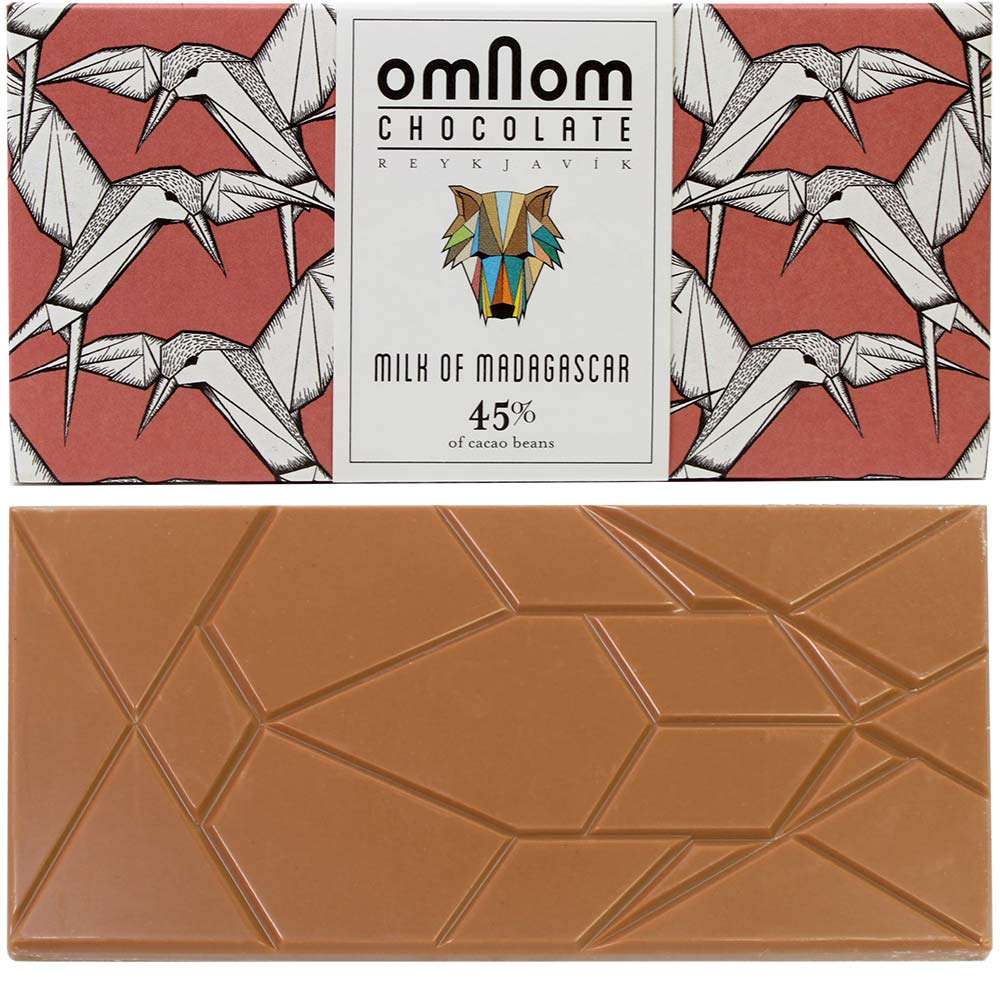Exploring the Wonders of Madagascar: A Unique Destination

Introduction
Madagascar, the fourth largest island in the world, is renowned for its unparalleled biodiversity and rich cultural heritage. Located off the southeast coast of Africa, it is home to over 200,000 species of plants and animals, many of which cannot be found anywhere else on the planet. This island nation is becoming increasingly significant in global conservation efforts and sustainable tourism development.
Biodiversity and Conservation
Approximately 90% of Madagascar’s wildlife is endemic, meaning that these species exist nowhere else on Earth. Iconic animals such as lemurs, chameleons, and the fossa make Madagascar a paradise for wildlife enthusiasts. The recent efforts to preserve this unique biodiversity have gained traction following alarming rates of deforestation and habitat loss.
Non-governmental organisations and local communities have been actively working together to establish protected areas and national parks, such as Andasibe-Mantadia and Ranomafana. These parks not only safeguard the natural environment but also provide opportunities for eco-tourism, allowing visitors to experience the island’s unique wildlife while supporting local economies.
Cultural Richness
Aside from its natural treasures, Madagascar boasts a rich tapestry of cultures and traditions influenced by its diverse ethnic groups, including the Merina, Betsimisaraka, and Tsimihety, among others. The island’s culture is reflected in its music, dance, and art, which are vibrant and deeply embedded in local customs. Events such as the famadihana, or tomb-repainting ceremony, celebrate the island’s ancestral heritage and showcase the importance of family and respect for lineage.
Current Events and Tourism Trends
As the world resumes travel post-pandemic, Madagascar is positioning itself as a safe and rewarding destination for international tourists. Efforts to improve infrastructure, such as upgrading roads and enhancing tourist services, are underway. Additionally, health safety measures have been implemented to ensure visitor well-being. The government is promoting sustainable practices to align with global environmental goals, making tourism not only beneficial economically but also environmentally responsible.
Conclusion
Madagascar represents a significant frontier in biodiversity conservation and cultural exchange. With its unique wildlife, vibrant cultural practices, and growing commitment to sustainable tourism, it stands out as a destination worthy of exploration. As conservation efforts continue and tourism develops responsibly, Madagascar has the potential to inspire future generations about the importance of preserving our planet’s unique ecosystems.
